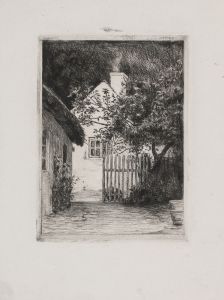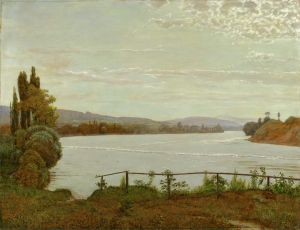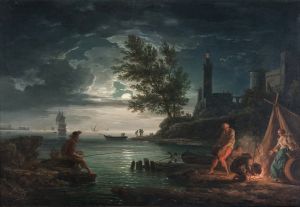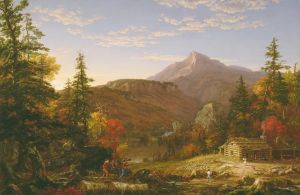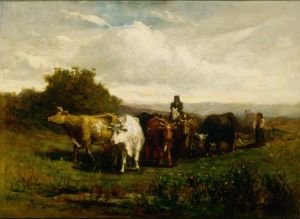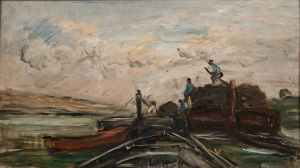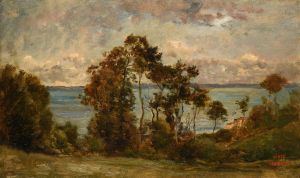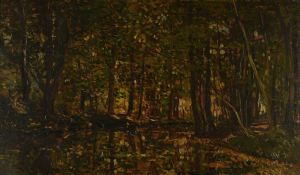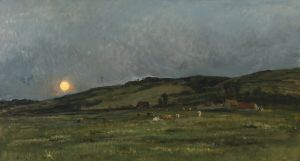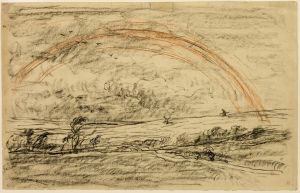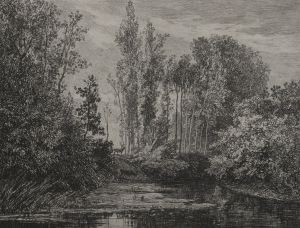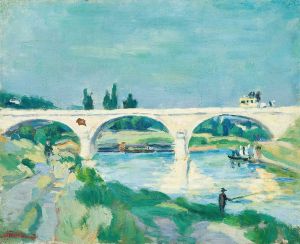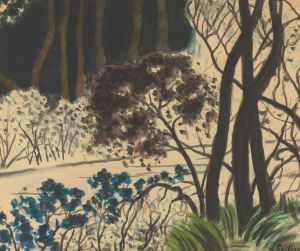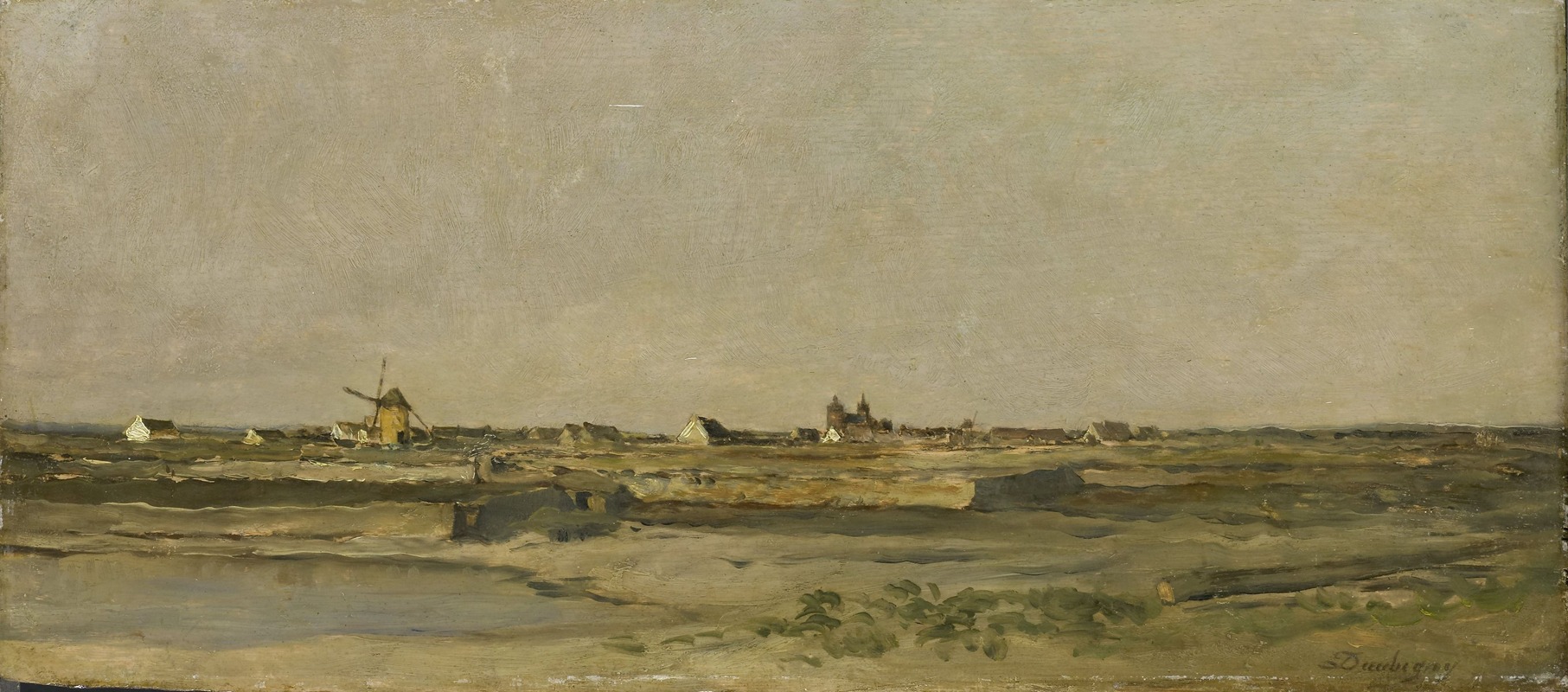
Landscape
A hand-painted replica of Charles François Daubigny’s masterpiece Landscape, meticulously crafted by professional artists to capture the true essence of the original. Each piece is created with museum-quality canvas and rare mineral pigments, carefully painted by experienced artists with delicate brushstrokes and rich, layered colors to perfectly recreate the texture of the original artwork. Unlike machine-printed reproductions, this hand-painted version brings the painting to life, infused with the artist’s emotions and skill in every stroke. Whether for personal collection or home decoration, it instantly elevates the artistic atmosphere of any space.
Charles-François Daubigny (1817–1878) was a prominent French landscape painter associated with the Barbizon School, a group of artists who sought to depict nature realistically and worked primarily in the forest of Fontainebleau. Daubigny is often regarded as a precursor to Impressionism due to his innovative techniques and his focus on capturing the transient effects of light and atmosphere in his works.
"Landscape" by Charles-François Daubigny is one of his many depictions of rural scenery, showcasing his mastery of plein air painting—a method of painting outdoors to directly observe and capture the natural environment. Daubigny frequently painted scenes of rivers, fields, and forests, often emphasizing the interplay of light and shadow. His works are characterized by their loose brushwork, subtle tonal variations, and a sense of tranquility.
Daubigny’s landscapes often reflect his deep connection to the French countryside, particularly the regions along the Seine and Oise rivers. He was known for traveling in a specially designed studio boat, which allowed him to paint river scenes directly from the water. This innovative approach enabled him to create compositions with unique perspectives and a heightened sense of immediacy.
The painting "Landscape" exemplifies Daubigny’s ability to convey the serene beauty of nature. While specific details about this particular work may be limited, it likely embodies the hallmarks of his style: a harmonious composition, a focus on natural light, and an emphasis on the simplicity of rural life. Daubigny’s landscapes often eschew dramatic or grandiose elements in favor of quiet, contemplative scenes that celebrate the everyday beauty of the natural world.
Daubigny’s influence extended beyond his own work; he played a significant role in shaping the development of modern art. His approach to landscape painting, particularly his emphasis on capturing fleeting atmospheric effects, had a profound impact on younger artists such as Claude Monet and Camille Pissarro. These artists, who would later become central figures in the Impressionist movement, drew inspiration from Daubigny’s techniques and his commitment to painting en plein air.
Today, Charles-François Daubigny’s works, including "Landscape," are celebrated for their contribution to the evolution of landscape painting in the 19th century. His paintings can be found in major museums and collections around the world, where they continue to be appreciated for their artistic innovation and their ability to evoke the quiet beauty of the natural world.





